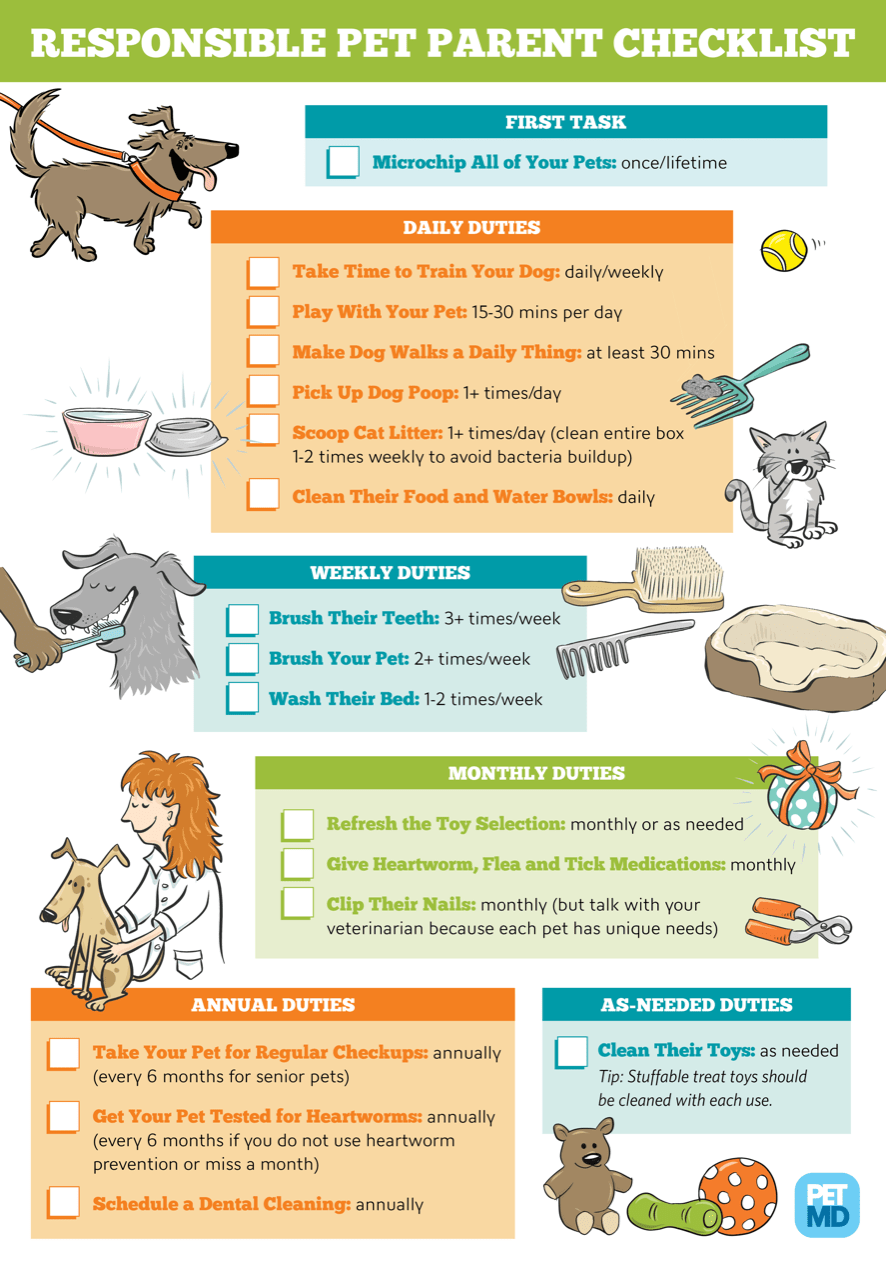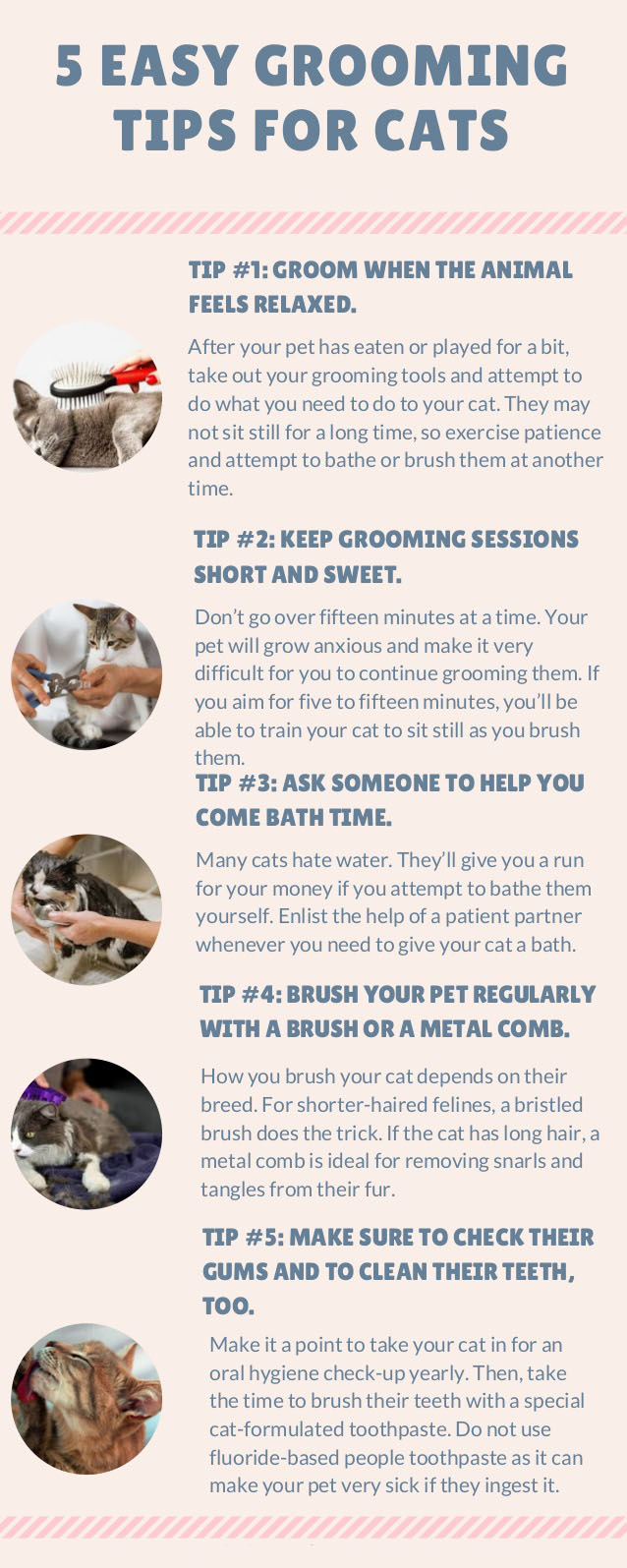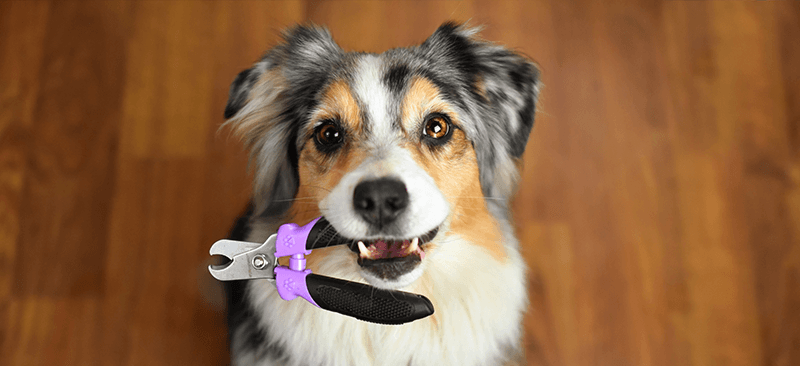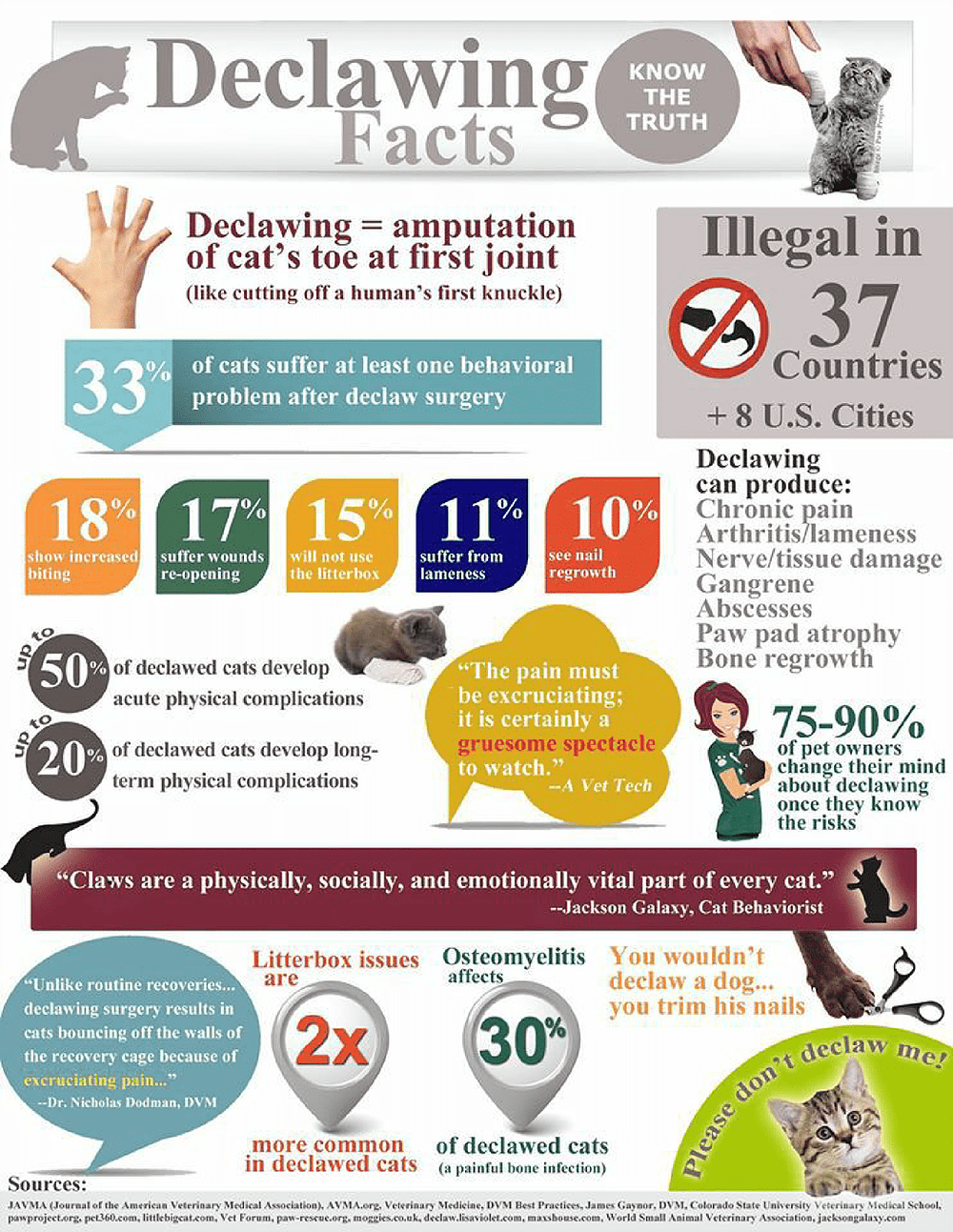
- Clip whenever you have a clipper handy!
- You don’t have to do all the nails at once. Clip one today, or one paw today; however much your pet can tolerate without reacting negatively.
- Don’t clip when your pet is upset or next time will be worse. This is true whether your pet has trauma or drama!
- Before you pull the clipper out to use for the first time, you need to teach your dog to relax during paw handling. Each of the steps below should end with offering a high-value treat.
- Touch your pet’s paws and nails.
- Put the tools near you and your pet.
- With the tools out, touch your pet’s paws and nails.
- Let your pet sniff the tool in your hands, and then next to him.
- Put the tool near the dog and the treat near the tool.
- Play with the tool. Let Fido sniff as you do and get used to the noises a cutter/file make. If a grinder, turn it on for a second.
- Touch the tool against Fido’s nail and make the sound again.
- When Fido can do all of these things without issue, you’re ready to trim nails!

 Before you even think about trimming your pet’s nails, invest in an inexpensive container of styptic powder. This is available through most pet and farm supply stores, as well as some barber and beautician suppliers. Should you accidentally cut into the kwik, apply the styptic powder to stop the bleeding. This usually works almost instantly and bleeding doesn’t recur if you’ve used enough. If bleeding is profuse, or doesn’t stop within 30 minutes, call the vet right away.
Before you even think about trimming your pet’s nails, invest in an inexpensive container of styptic powder. This is available through most pet and farm supply stores, as well as some barber and beautician suppliers. Should you accidentally cut into the kwik, apply the styptic powder to stop the bleeding. This usually works almost instantly and bleeding doesn’t recur if you’ve used enough. If bleeding is profuse, or doesn’t stop within 30 minutes, call the vet right away.
Cat and small dog owners often favor scissor-type trimmers. They’re easy to use and strong enough for kittens, cats, and most puppies and small dogs.
Guillotine trimmers call for the nail to be placed into the tool, after which a blade slices the nail. Some say it is easier to take multiple, small slices of nail with this tool. They work best on small to medium-sized dogs.
Heavy-duty trimmers can look like industrial versions of the scissor trimmers or more like nippers. Both work well on the strong nails of larger dogs and tough-nailed medium-sized breeds.
Nail files are important for after the trim, to smooth off any sharp edges. If you’re lucky enough to live at the beach, a good run in the sand can take care of this task as well! While human nail files work, you’ll want to invest in a stronger file for most pets; these are usually serrated metal with plastic handles.
Grinders are the newest addition to the canine tool chest. These come as lightweight, battery-operated models through expensive electrical grinders. You’ll want to choose one that is the right strength for the toughness of your pet’s nails. They can be used for filing or to grind the nail instead of cutting it. Take Fido with you to purchase your grinder as he will tell you if a particular grinder’s pitch is offensive to him. Nearly silent models are available while others can have a loud whine.

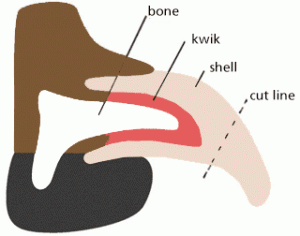 Don’t cut the kwik!
Don’t cut the kwik!
Dogs have blood vessels and nerves in the blood supply of the toe/nail, called the kwik. If you cut it, it will bleed and hurt and can easily become infected, causing more pain. For this reason, you should make many small slices off the nail rather than one large cut.
When trimming dark nails, the shell will turn white when it is close to the kwik. That’s close enough; stop trimming

How do I know I trimmed correctly?
- You’re not at the vet due to bleeding!
- Your dog isn’t favoring a sore paw.
- Your dog isn’t now afraid of the tools.
- The nail looks the way it should.

Every time you trim, the kwik will recede a little bit. Trim a little every few days until the kwik is as short as it appears in the drawing above. If the kwik is longer, you aren’t trimming often enough.
Remember, the kwik is the blood supply, holding the nerves of the nail. Allowing the kwik remain long can cause pain for your pet with every step. Dogs are masters at hiding pain. Keep those nails properly trimmed whether or not Fluffy allows you to see her pain.
Learn to trim your dog’s nails safely and do it often, else regularly take him to a groomer or veterinarian you trust to do the job.

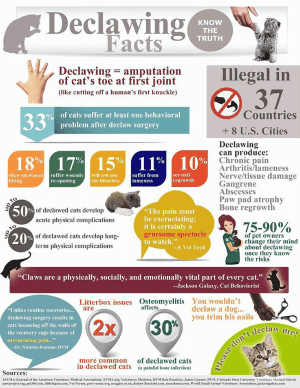 The razor-sharp talons of kittens and cattens are used to climb human arms and legs, and rip across all your furniture. Do yourself a favor and keep the little buggers trimmed short.
The razor-sharp talons of kittens and cattens are used to climb human arms and legs, and rip across all your furniture. Do yourself a favor and keep the little buggers trimmed short.
Whether or not you decide to trim your adult cat’s nails depends on whether they take care of that job on their own, and whether or not they go outside.
Cats that go outside need to take care of their own nails. They need them for protection and your trimming puts them at a safety disadvantage. Do not trim.
Cats that live indoors can usually tend their own nails successfully when you provide scratch opportunities such as catnip-enticed posts and mats. In fact, they will tend their nails using your furniture if you don’t provide scratching surfaces so be sure to do just that!
If your cat continues to scratch the wrong things despite appropriate interventions, or if your cat is physically challenged, you may need to trim her nails for her. Look at her paws and they will tell the story: How far advanced is the kwik?
Never, never, never NEVER declaw your cat. In short, declawing is cutting off the first joint of a cat’s toe; like cutting off your finger to the first knuckle. Claws are mentally, socially, emotionally, and physically vital to cat well-being. Look for our infographic for more reasons this practice is inhumane as well as statistics such as declawed cats having more than two times the number of litter box issues! Meow!


